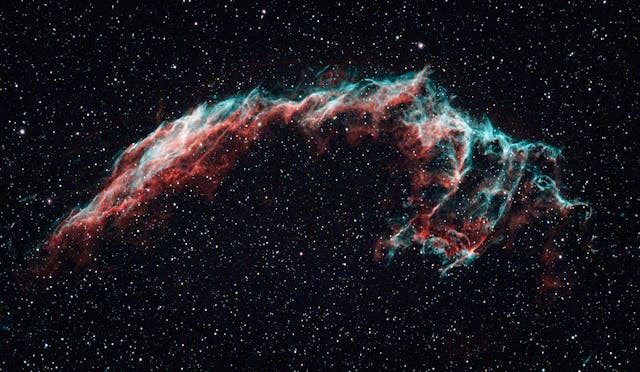Discovering the wonders of deep space requires the right equipment. The best telescope for deep space observation offers high-quality optics, a large aperture, and advanced features to capture the beauty of distant galaxies, nebulae, and star clusters. Investing in a deep space telescope can elevate your cosmic exploration.
Read about Gskyer Telescope here!
What is Deep Space Observation?
Deep space refers to the vast regions of the universe beyond our solar system, including galaxies, nebulae, and star clusters. Observing these celestial objects requires a telescope with exceptional light-gathering capabilities to capture faint details and deliver clear, sharp images.
Key Features of the Best Telescope for Deep Space
- Large Aperture: A larger aperture allows the telescope to gather more light, essential for viewing faint objects in deep space.
- High Magnification: Powerful magnification helps in studying intricate details of celestial objects.
- Stable Mount: A sturdy equatorial or Dobsonian mount ensures smooth tracking of objects across the night sky.
- Advanced Optics: Features like multi-coated lenses and precise focusing enhance image quality.
Best Telescopes for Deep Space
Celestron NexStar 8SE
The Celestron NexStar 8SE is a top contender for deep space observation. Its 8-inch aperture and advanced GoTo technology make it easy to locate and track celestial objects. This telescope is perfect for viewing galaxies, nebulae, and the deep sky with stunning clarity.
Orion SkyQuest XT10 Dobsonian
The Orion SkyQuest XT10 Dobsonian is a favorite among deep sky telescope enthusiasts. Its 10-inch aperture provides excellent light-gathering power, making it ideal for observing faint objects like the Hubble Deep Field. The simple Dobsonian mount offers smooth and stable movements.
Meade Instruments LX90-ACF
The Meade Instruments LX90-ACF combines a large aperture with advanced optics, making it a great choice for exploring the deep space field Hubble captured. Its built-in GPS and AutoStar technology simplify object tracking and alignment.
The Hubble Deep Field and Its Significance
The Hubble Deep Field is one of the most iconic images captured by the Hubble Space Telescope. It revealed thousands of galaxies in a tiny patch of sky, showcasing the vastness of the universe. The deep field Hubble telescope images have inspired astronomers worldwide to study distant galaxies and understand the universe’s origins.
What Makes a Telescope Suitable for Deep Space Observation?
To capture details similar to the deep space field Hubble revealed, a telescope must have:
- High Light-Gathering Power: Essential for detecting faint celestial objects.
- Precision Tracking: Necessary for long exposure astrophotography.
- Advanced Optics: Ensures sharp and detailed views.
Deep Sky Telescope for Beginners
For beginners, a telescope like the Celestron StarSense Explorer DX 130AZ is a great starting point. It combines affordability with powerful optics, making it easier to observe deep space objects without overwhelming complexity.
Tips for Deep Space Stargazing
- Choose a Dark Sky Location: Light pollution significantly affects visibility, so find a remote area for the best results.
- Allow Time for Eye Adaptation: Spend 20-30 minutes in the dark to let your eyes adjust to low light.
- Use Star Maps or Apps: These tools help locate celestial objects efficiently.
- Experiment with Filters: Nebula filters can enhance the visibility of specific deep space objects.
- Practice Patience: Deep space observation requires time and persistence for optimal results.
Maintenance of Your Deep Space Telescope
To ensure your telescope performs optimally:
- Clean the Optics Carefully: Use a lens cleaning solution and microfiber cloth to avoid scratches.
- Store in a Dry Environment: Moisture can damage lenses and mirrors.
- Check Alignment Regularly: Collimation ensures clear and accurate views.
Why Invest in the Best Telescope for Deep Space?
Deep space telescopes open a window to the universe’s mysteries. From observing galaxies millions of light-years away to capturing stunning astrophotography, these telescopes make the cosmos accessible. With the right equipment, you can experience the awe-inspiring beauty of the universe, just as the Hubble Deep Field images revealed.
Conclusion
The best telescope for deep space observation provides an unparalleled stargazing experience. Choosing the right telescope is key. From beginner-friendly models to advanced deep sky telescopes, there’s an option for every level of interest. Start your journey into the cosmos today and uncover the wonders of the universe!
